Pick the right potato
Choosing the correct potato for your recipe ensures it will taste its best. Waxy varieties hold their shape when cooked, making them the best option for potato salad, seafood chowders and stews where you want them to hold their shape. Floury potatoes (think Roosters) become fluffy when cooked and don’t hold their shape as well; this is why they’re best for mash, baked potatoes and in soups.
Be starch-savvy
The natural starches in potatoes will help to thicken the sauce for dishes like a potato gratin. However, if you’re making homemade chips or roast potatoes, it’s better to wash the starches away to prevent them from sticking to each other and to ensure crispy exteriors. Soak cut chips or potatoes in cold water for at least 30 minutes, but overnight if possible, then rinse under fresh water before you start cooking.
Peel when appropriate
Nutritionally speaking, it’s best to keep the skins on your potatoes, as they contain much of the fibre and mineral content. However, for floury varieties and especially older potatoes, the skins may not be as pleasant to eat. A good rule of thumb is that waxy potatoes don’t usually need to be peeled, but starchy potatoes often do. Always trim away eyes, small sprouts or green flesh.
Start cool
When boiling potatoes, always start them in cold water with a pinch of salt and then bring them up to a boil. This helps them to cook evenly. If you place them straight into boiling water, the outside of the potato can cook before the heat reaches the inside.
Speedy spuds
If you want baked potatoes but don’t have an hour to wait, speed things up by making use of your microwave. Scrub your spuds and prick them all over with a fork, then microwave on high for four minutes or until soft when poked with a knife. Once the potatoes are cool enough to handle, rub the skins with olive or rapeseed oil. Bake in an oven preheated to 220 ̊C/200 ̊C fan/gas mark 7 for around 20 minutes until the skins are crisp.
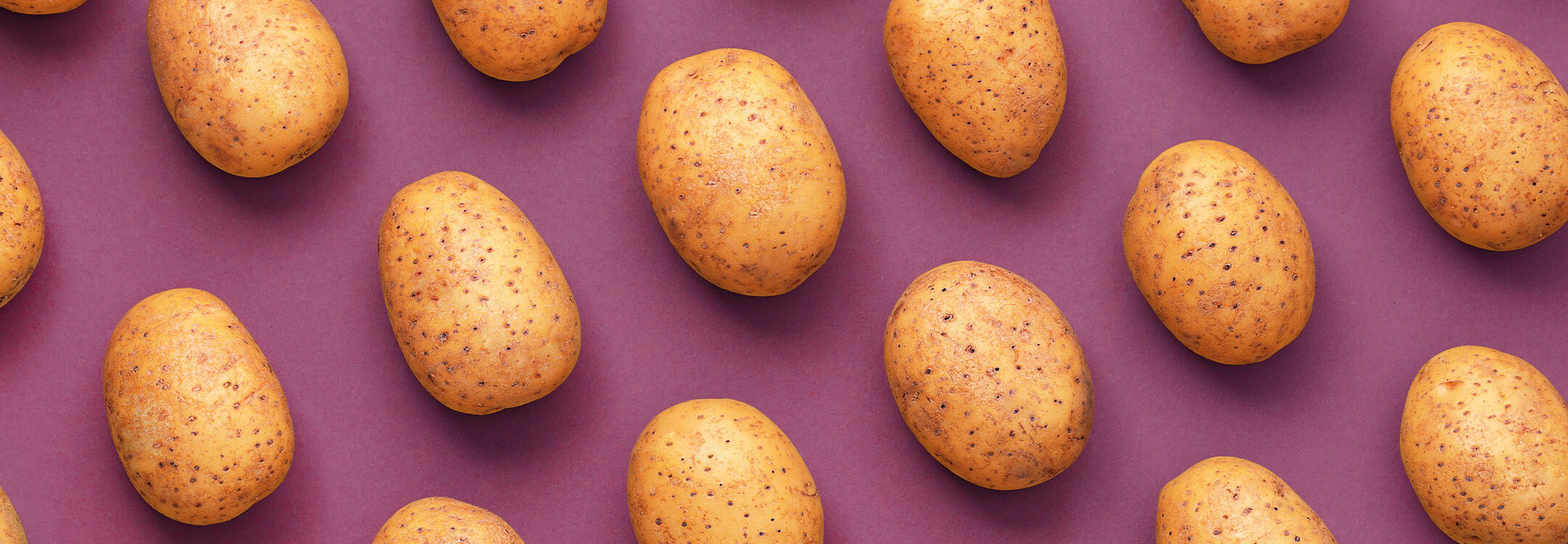
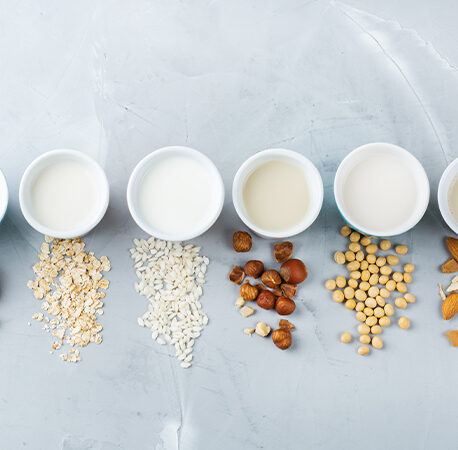
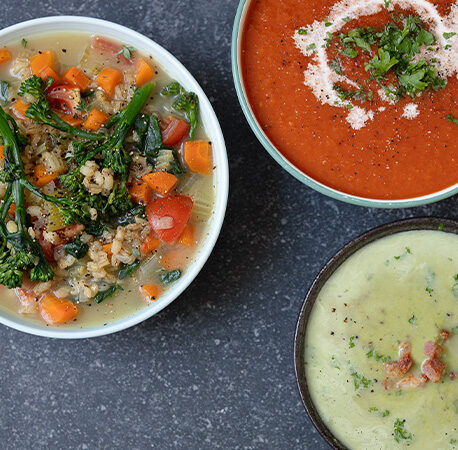
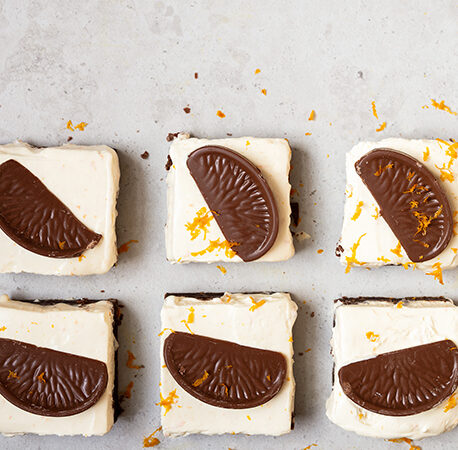
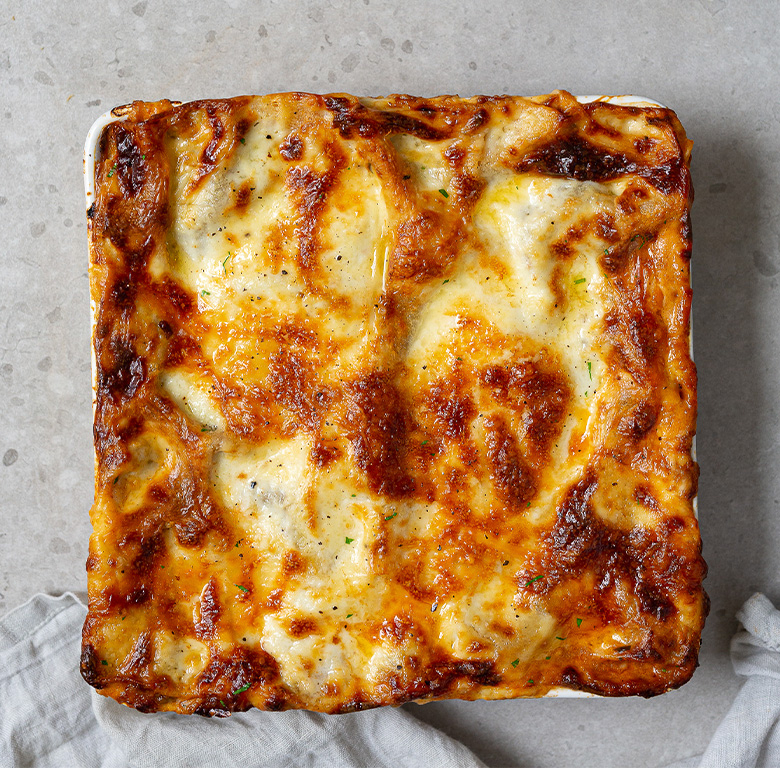

You have to be signed in to comment this post.